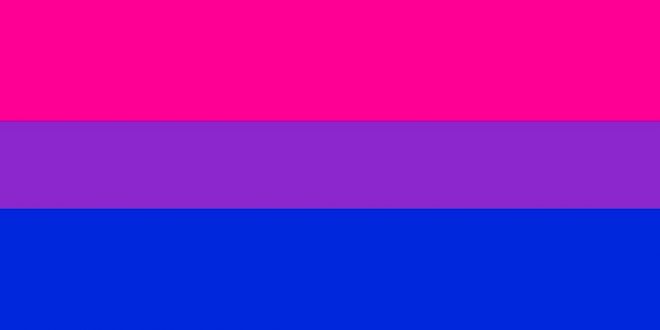The bi flag is a colorful symbol that is used to represent the bisexual community and celebrate bisexual pride. The bi flag consists of three stripes: pink for attraction to the same gender, blue for attraction to the opposite gender, and purple for attraction to both genders.
The bi flag was created in 1998 by Michael Page, who wanted to create a symbol that represented the bisexual community in a way that was inclusive and visible. Prior to the creation of the bi flag, many bisexual people felt that they were not represented by either the rainbow flag, which represented the LGBTI+ community as a whole, or the pink triangle, which was used to represent the gay community during the Holocaust.
The bi flag has become a widely recognized symbol of bisexual pride and is often seen at pride parades and events, as well as on social media and other public spaces. It is a powerful symbol of inclusion and visibility for bisexual individuals, and it helps to create a sense of belonging and community for those who identify as bi.
It is important to recognize that bisexuality is a valid and important aspect of the LGBTI+ community, and that bi people deserve to be seen, heard, and respected. The bi flag is one way in which bisexual individuals can proudly show their identity and celebrate their place within the LGBTI+ community.
 Lesbian, Gay, Bisexual, Transgender & Intersex News Lesbian News, Gay News, Bisexual News, Transgender News, Intersex News, LGBTI News
Lesbian, Gay, Bisexual, Transgender & Intersex News Lesbian News, Gay News, Bisexual News, Transgender News, Intersex News, LGBTI News




